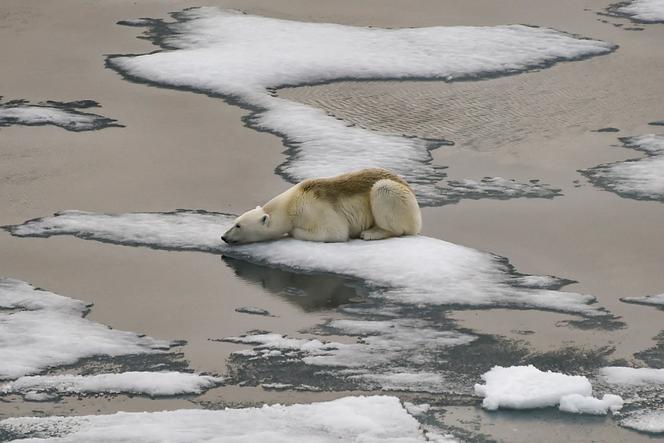


Arctic sea ice had its weakest winter buildup since record-keeping began 47 years ago, a symptom of climate change that will have repercussions globally, scientists said Thursday, March 27.
The Arctic reaches its maximum sea ice in March each year and then starts a six-month melt season. The National Snow and Ice Data Center said the peak measurement taken Saturday was 14.33 million square kilometers − about 80,000 square kilometers smaller than the lowest previous peak in 2017. That's a difference about the size of California.
"Warming temperatures are what’s causing the ice to decline,'' ice data scientist Walt Meier said. "You know, sea ice in particular is very sensitive... 31 degrees is ice skating and 33 degrees it’s swimming."
Jennifer Francis, a scientist at the Woodwell Climate Research Center in Cape Cod, said this is yet another ringing alarm bell in the form of a broken record.
"Disappearing sea ice is a particularly worrisome story because it’s truly an early warning system alerting us about a variety of hard-to-see changes," Francis said in an email.
Scientists said warming conditions in the Arctic − the region is warming four times faster than the rest of the world − affect weather elsewhere. Pressure and temperature differences between north and south shrink. That weakens the jet stream, that moves weather systems along, making it dip further south with cold outbreaks and storms that often get stuck and rain or snow more, according to the snow and ice center and Francis.
"The warming winter atmosphere above the Arctic Circle does impact large-scale weather patterns that do influence for those of us outside the Arctic," said Julienne Stroeve, an ice scientist at the University of Manitoba.
Of the smaller sea ice, Stroeve also noted that it's not only that there's less of it. The remaining ice is thin enough for more of it to melt quickly this summer, Stroeve said. She cautioned that a record low area in the winter doesn’t guarantee a record small area in the summer.
Melting Arctic sea ice − mostly in the summer − is making the polar bear population smaller, weaker and hungrier because they rely on the sea ice to hunt from, scientists said. And winter sea ice is especially important for fisheries and seal pups, Meier said.
Arctic sea ice's biggest year since record-keeping began was 1979, at 6.42 million square miles (16.64 million square kilometers). That means since satellites began tracking it, Arctic sea ice's winter peak has shrunk by about the size of Pakistan.
